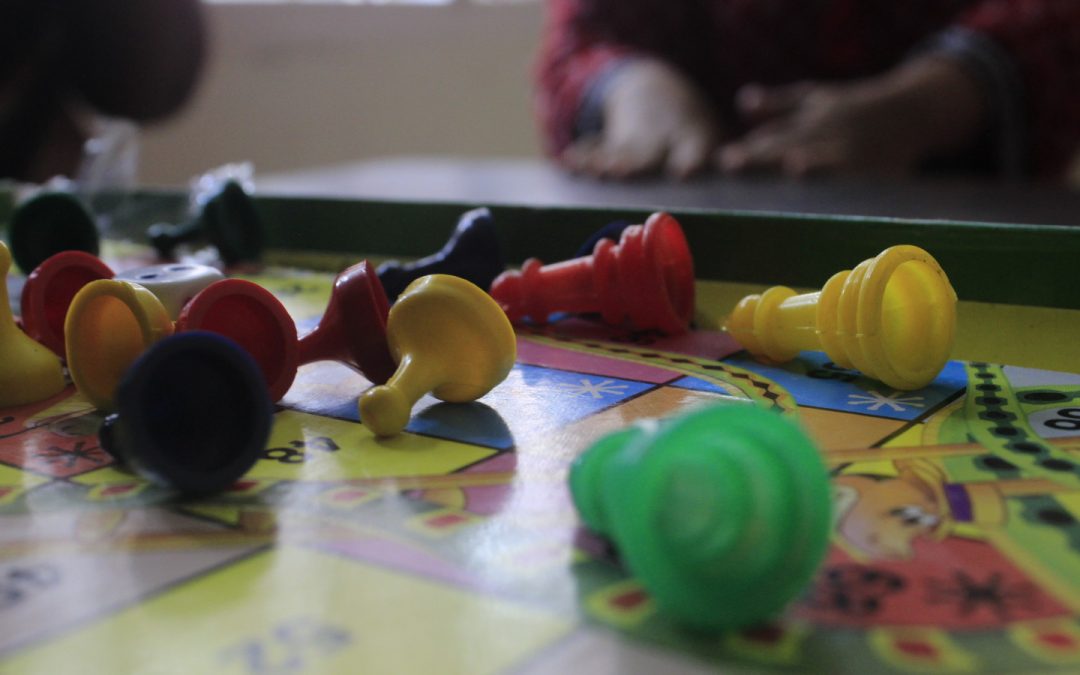The Right Approach is back after a week’s break, we are examining the inclusive education and disability covered under Sarva Shiksha Abhiyan and how it is closely working with the Right to Education Act, 2009 to achieve the aim of Education for All.
Education is a fundamental right as mandated by the Constitution of India under Article 21A. This became a reality after The Right to Free and Compulsory Education Act, 2009 came into effect which gives free and compulsory education to all children from 6 years to 14 years of age. The Right to Education along with Sarva Shiksha Abhiyan (SSA) aim to achieve Education for All. However, in order to achieve it, three essentials have to be factored i.e. access to education and schools, enrolment in schools and retention of students in school. The inherent characteristic of Education of All exuberate Inclusion in education and without Inclusive education, it cannot be achieved.
Sarva Shiksha Abhiyan recognizes this characteristic and bases its implementation with inclusive education under its fold. It lays down the stages of intervention starting from identification to monitoring and evaluation. It talks about assessment, appropriate educational placement, preparation of an Individualized educational plan, aids and application, training of teachers, accessibility to infrastructure and research. The focus of SSA has been the inclusion of children across disabilities in attaining quality and relevant education. In order to achieve it, SSA has adopted a Zero Rejection Policy and no child with special needs can be denied admission and schools are obligated to create the learning environment which is best suited for learning. It mandates that every child with special needs has to be integrated into a neighborhood school and adequate support has to be arranged for fulfilling his/her learning needs and facilitation to acquire certain skills enabling them in accessing education has to be done.
The inclusion of children and enabling them for education under SSA is covered by following options:
- Children along with Children with Special needs are not enrolled or dropped out of the school then they need to be enrolled in an age appropriate class;
- Special training is required to be provided by regular teachers or teachers appointed for this purpose.
SSA moves ahead from mono-option education structure to multi-option education structure expanding the ambit, reach and understanding of inclusive education. The multi-option education structure includes regular schools, EGS/AIE (Education Guarantee Scheme/Alternative and Innovative Education) and home based education.
The multi-option model of inclusion is up and running and states across the country are adopting their methods, approaches, and strategies to successfully implement the policy in order to achieve the highest goal of inclusive education for all. The states are adopting policies like residential bridge courses or enrolling NGOs to conduct bridge courses, some states have adopted mixed models under which the district SSA and NGOs are taking responsibility to implement.
This has led to increased identification and enrolment of children with special needs which include the following:
- The surveys conducted by states for identification of children with special needs shows the data that population has increased from 1.46 million in 2003-2004 to 2.72 million in 2013-2014.
- 86 percent of identified children with special needs are enrolled in schools. This has increased from 1.17 million in 2003-2004 to 2.35 million in 2013-2014.
- As per the report on Education for All, 3.6 million government school teachers have been given orientation on inclusive education through in-service teacher training while 2.6 million teachers have been provided 3-6 day specific training on inclusive education.
- Since many children with special needs are not able to attend school for lack of essential aids and appliances, required aids and appliances are being provided to these children in collaboration with the Ministry of Social Justice and Empowerment. Assistance is also being provided by charitable organizations, NGOs, and corporate sector.
However, the enrolment in primary education depicts an upward trend but the attrition or dropout rate is high and many of this enrolment at primary stage do not get converted into secondary stage students. A closer look at IEDSS (Inclusive Education of the Disabled at the Secondary Stage) data will give us a clear picture which we will be taking up in the next week’s blog.
References:

